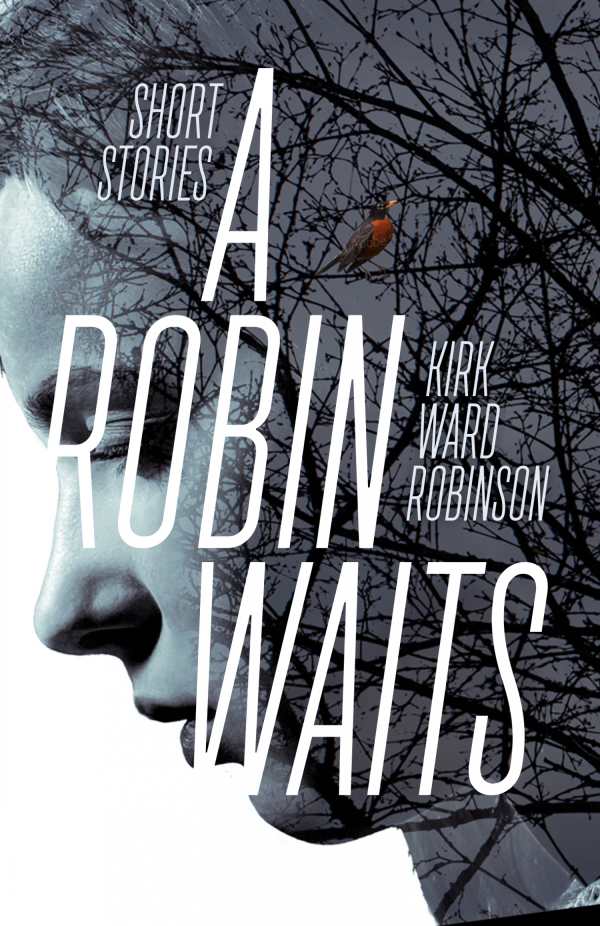A Robin Waits
Short Fiction
In the eclectic short stories of A Robin Waits, motley characters face life-changing challenges in distinct places and times.
The short stories of Kirk Ward Robinson’s cross-genre collection A Robin Waits focus on the diverse, life-altering experiences of characters from all walks of life.
A teacher on trial, a self-imposed king of a remote town, and a youth bewitched by the latest in augmented reality technology are a few of the foci in this compendium of tales. Understated links exist between the stories, even though their narratives are not connected. Most examine human nature through how their characters respond in challenging scenarios, where they are given opportunities to stand up for themselves, fight corruption, or refuse the seductive ease of going along to get along. The question of whether people can handle the consequences of their actions permeates the book.
In “Of Salt and Sorrow,” a farmer must decide if preserving his family orchard, and by extension his legacy, is more important than allowing it to be exploited by an invading army. In contrast, Nelson in “The Summer of Serendipity” isn’t pressed into action at all—he just wants to be left alone. However, his isolationist values are put to the test when a group of rowdy neighborhood children become a constant presence in his life. Once their well-being becomes of chief interest to Nelson, he faces the internal challenge of deciding how much he’s willing to be involved.
The book is strong because of its range of subject matters, enabling stories’ individual themes to stay fresh. The tone changes from entry to entry; stories also shift between time periods and styles. And the book’s characters are diverse as well, representing a wide expanse of experiences: there are rich and poor characters, learned and unlearned ones, and friendly and fiendish people, too, though those in supporting roles often serve as foils for the leading figures.
In short spaces, scenes and moods are set through clear, effective descriptions of rural farms, urban universities, and dim hotel bars—scenes that evoke familiar feelings. “iSight” looks in on a gloomy lecture hall, which is described as being able to seat hundreds, but is close to empty, with a lonely professor situated on a “postage stamp of a stage.” The room feels even more barren when it’s stated that the meager audience present won’t look at their instructor. Though unpleasant, a stark mental image is created, and this serves as a jumping-off point for the rest of the story.
Still, most of the stories begin with character introductions, descriptions of their immediate surroundings, or backstories; this method becomes formulaic. Further, several stories are resolved in ambiguous ways, dampening their overall satisfaction. Overt messages—on the privilege of youth, the destruction of earth’s ecosystems, and the pervasiveness of technology—arise, but their handling is not thorough.
In the eclectic short stories of A Robin Waits, motley characters face life-changing challenges in distinct places and times.
Reviewed by
Ian Dailey
Disclosure: This article is not an endorsement, but a review. The publisher of this book provided free copies of the book and paid a small fee to have their book reviewed by a professional reviewer. Foreword Reviews and Clarion Reviews make no guarantee that the publisher will receive a positive review. Foreword Magazine, Inc. is disclosing this in accordance with the Federal Trade Commission’s 16 CFR, Part 255.


